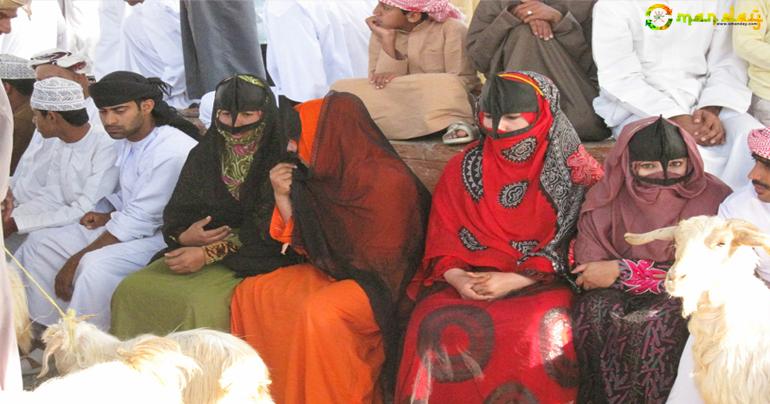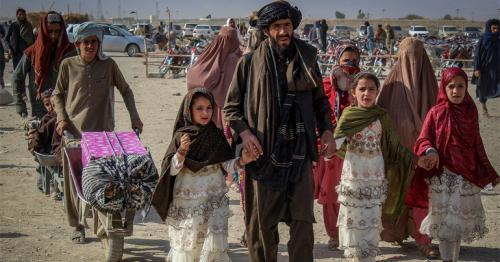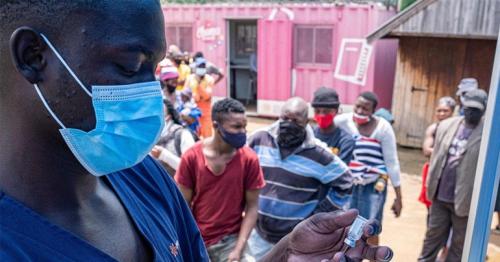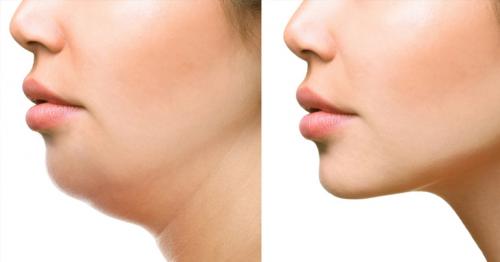The People of Oman, Way of Life
In spite of Oman's rapid modernization, its way of life remains largely traditional and in accordance with conservative Islamic values. With a strong commercial tradition, accumulation of wealth is viewed positively, although the great majority of Omanis were extremely poor until the discovery of oil in the 1960s. The extended family is the basic social unit, headed by its eldest male member. Marriages are arranged, if possible between first cousins but always within the same ethnic and social group. While the sexes are traditionally segregated outside the home, some men and women now work together in private and government offices. Women have entered the professions and now serve on both the police force and the national Consultative Council. Both men and women wear distinctive clothing. Standard male attire is the dishdasha, an ankle-length, usually white robe, worn with either an embroidered skullcap or a turban. Women commonly wear colorful dishdashas with ankle-length trousers underneath. Traditional dwellings are made of mud brick, sometimes stone, and built around an open courtyard. Along the Al Batinah coast barasti dwellings are made of palm fronds. Due to rapid urbanization, many people now live in modern houses and apartments. The Omani diet includes fish, sheep, goat, rice, and dates. As in all Arab societies, coffee is both an important beverage and the focus of everyday social interaction. Traditional recreational activities include storytelling. Soccer, a recently adopted form of recreation, has become very popular. Due to the diversity of Oman's population, there are considerable differences in basic aspects of culture and everyday life. For example, the seminomadic Shihuh of the isolated Musandam Peninsula speak dialects that are unintelligible to other Omanis, and the large urban Indian community has its own distinctive cuisine and dress
Share This Post






